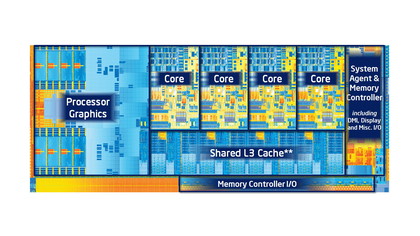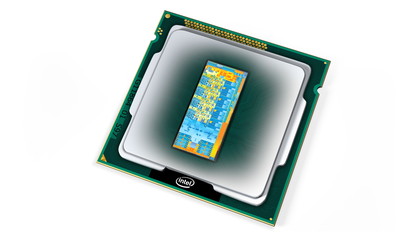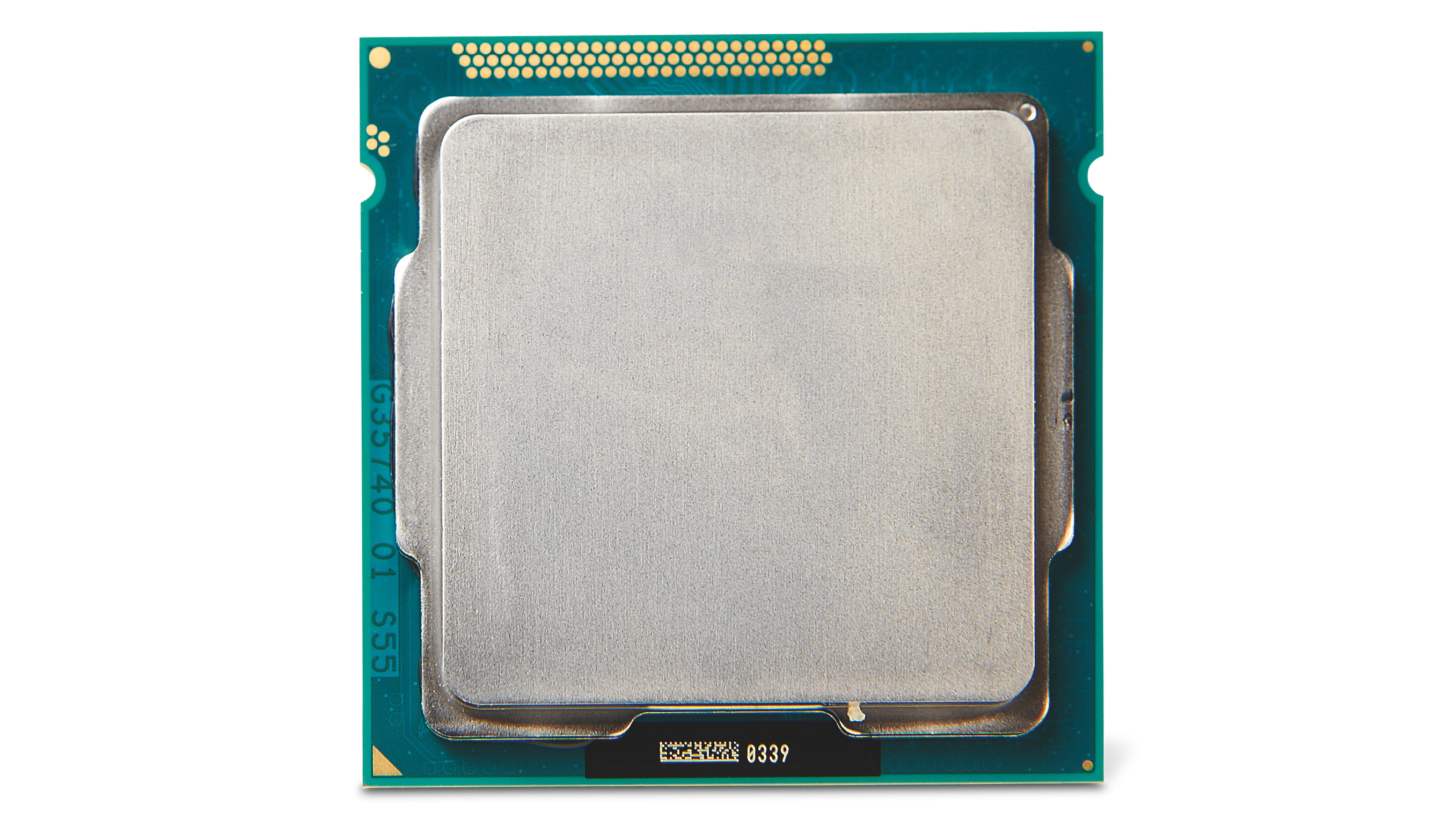TechRadar Verdict
A great chip but Core i5 2500K and 2550K owners have nothing to worry about
Pros
- +
Reasonably affordable
- +
Every bit as good as the 2550K
Cons
- -
Not really any better than the 2550K
- -
Graphics improved but still not great
Why you can trust TechRadar
This is it. The biggie. The replacement for our favourite CPU of the past year or so. The new quad-core Intel Core i5 3570K, one of two new processors from Intel's new 22nm Ivy Bridge family of CPUs, has plenty to prove.
Our old favourite that sets the standard this new chip will be measured by is the Intel Core i5 2500K from the Sandy Bridge generation, the best all round gaming CPU ever and all the chip most people need.
Or maybe that should be the Core i5 2550K which was a very minor clockspeed bump over the 2500K. In truth, they're much of a muchness.
At first glance, you might wonder whether the Intel Core i5 3570K is actually a new chip, so similar are the headline specifications to its predecessor.
With four cores and no Hyperthreading support, there's not a lot of extra CPU hardware. The clockspeeds and cache haven't budged an inch, either. As before, we're talking 3.4GHz nominal, 3.8GHz Turbo and 6MB of cache.
Dig a little deeper and the differences emerge.
For gamers and performance enthusiasts, the most important upgrade is the shrink from 32nm to 22nm process technology and the introduction of Intel's 3D Tri-gate transistors.
The upshot is what Intel is calling a "Tick-plus".
A "Tick" in Intel-speak means a die shrink of an existing processor architecture, where a "Tock" is a new design using the old manufacturing tech.
So, the existing Core i5 2550K is part of the Sandy Bridge Tock family and the new Intel Core i5 3570K is an Ivy Bridge Tick.
Got that?
Anywho, whether the Tick-plus label makes any sense, it'll be Intel's own CPUs that the Core i5 3570K will have to beat.
AMD's FX Bulldozer chips, such as the AMD FX 8150, simply cannot compete when it comes to per core performance and that's what you need for a great gaming CPU.
Which is what the old 2500k and 2550K were all about and what the Intel Core i5 3570K will have to deliver to take over where those two left off.
Vital stats
Clockspeed
- 3.4GHz (3.8GHz Turbo)
Cores
- 4
Threads
- 4
Cache
- 6MB
Process
- 22nm
Socket
- Intel LGA 1155
Old and new
So, the new Intel Core i5 3570K is an intriguing mix of old and new.
What does it look like when you lift the bonnet? The CPUs cores themselves are pretty much the same as before, barring a few very minor changes.
It's the process tech that promises the most. Intel reckons the new 22nm 3D Tri-gate transistors are more than just your typical process shrink. They offer much better current control, less leak and improve flow.
In theory, that gives Intel lots of options.

Firstly, with each core consuming less power and taking less space, it could add more cores.
But it didn't.
Alternatively, Intel could have ramped up the clocks.
But it didn't.
Finally, the new Intel Core i5 3570K could be more power efficient than the old Sandy Bridge 2550K.
Here, finally, we some tangible evidence that the new process delivers as billed.
Where the 2550K is rated at 95W, the Core i5 3570K has a 77W TDP. That said, with the core count, clocks and 6MB cache carried over, one thing is clear. If the Intel Core i5 3570K is to deliver improved performance, those minor core revisions are going to have to do the work.

Shift your attention to the graphics part of the new Ivy Bridge architecture, however, and things look a lot more interesting.
If you care about integrated graphics, that is.
The Core i5 3570K gets the full fat HD Graphics 4000 core, so that means 16 execution units where the old 2550K had just 12. Each unit gets an upgrade too, with more processing power and an upgrade from DX10 to DX11 suppport.
The final change of note is the addition of PCI Express 3.0.
As before, the main PCI Express controller is integrated into the Core i5 3570K's die and as before you get 16 lanes to play with regards discrete graphics cards. But with double the bandwidth of PCI Express 2.0, the Intel Core i5 3570K and other Ivy Bridge chips make a more robust platform for multi-GPU graphics.
Technology and cars. Increasingly the twain shall meet. Which is handy, because Jeremy (Twitter) is addicted to both. Long-time tech journalist, former editor of iCar magazine and incumbent car guru for T3 magazine, Jeremy reckons in-car technology is about to go thermonuclear. No, not exploding cars. That would be silly. And dangerous. But rather an explosive period of unprecedented innovation. Enjoy the ride.
